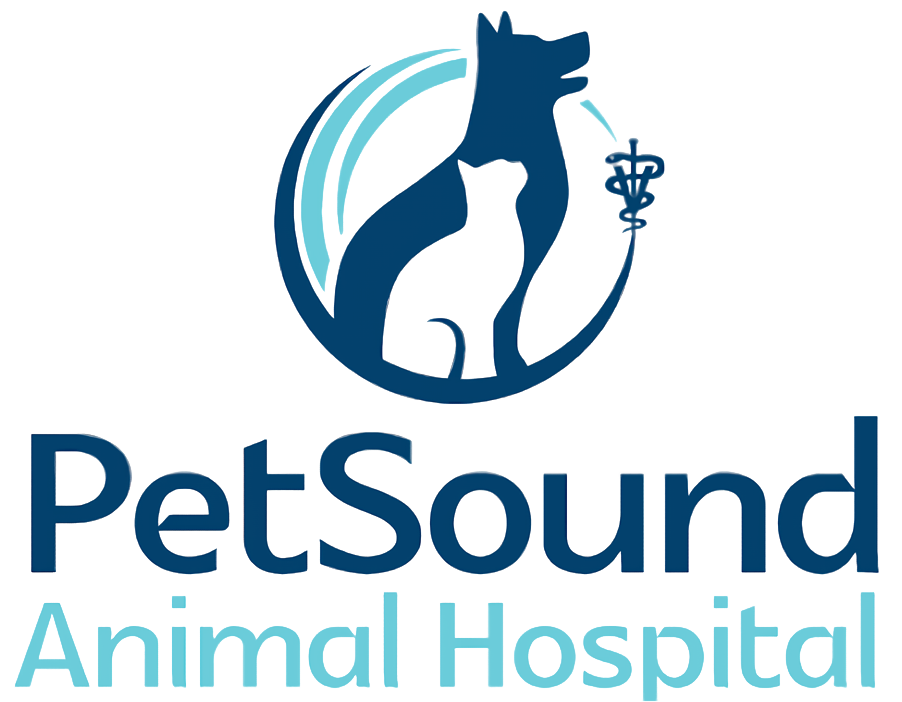Articles
-
The clinical signs of congestive heart failure (CHF) are seen in many dogs as they age. The two most common causes of CHF are chronic valvular disease and dilated cardiomyopathy. Hypertension (high blood pressure) may contribute to heart disease and CHF. Secondary medical conditions, such as obesity, low thyroid, or kidney disease may require dietary changes. Key nutritional goals are to maintain a stable body weight, deliver appropriate Calories, and feed a balanced diet that the dog will regularly eat.
-
Diabetes mellitus is a disease in which the body can no longer appropriately manage glucose for its energy requirements. Overweight and obese dogs are at greater risk of developing DM, so obesity prevention should be started early in puppyhood, with portion-controlled meal feeding. Once a dog has been diagnosed with DM, an owner must work closely with their veterinarian to choose insulin therapy and an appropriate diet to achieve stable blood glucose (good glycemic control).
-
Nutritional management can be an effective strategy in the treatment of liver disease when used in combination with appropriate medical therapy. Nutritional management of liver disease focuses on controlling the clinical signs of disease, as opposed to targeting the underlying cause.
-
Over 60% of dogs in North America are either overweight or obese, so paying attention to the balance between activity and calorie intake is important. Once your veterinarian has assessed your dog’s health, they can help you determine an optimal nutritional strategy.
-
Working and service dogs come in many forms; as such, their nutritional needs vary widely. All diets should be complete, balanced, and life-stage appropriate, with consideration towards energy density and maintenance of ideal body condition. This article reviews these nutritional considerations and provides clinically relevant tools for the dog handler and the veterinary care team.
-
This handout discusses the risks and benefits of feeding commercially prepared fresh, whole-food diets, as well as home-prepared recipes for your cat or dog. Topics highlighted include food safety, nutritional imbalances, and the need to ensure that any diet has been well-researched for nutritional safety and completeness.
-
Feeding your dog the appropriate amount of a well-balanced diet is vital to their overall health and well-being. Each dog has unique nutrition needs, dependent on individual preferences and activity levels. In addition, nutritional requirements and dietary preferences change over the course of the dog's lifetime.
-
The optimal diet varies from species to species, and contains an ideal ratio of the major essential nutrients of proteins, fats and carbohydrates, as well as adequate levels of trace nutrients such as vitamins and minerals. While a recipe for a home-cooked diet may appear to come from a knowledgeable source, ideas about what constitutes the ideal diet for dogs and cats is currently evolving. Your veterinarian can help ensure that your pet's diet is appropriate and healthy.
-
By-products are ingredients commonly found in commercial pet foods and are considered highly desirable by many human cultures. However, there is ambiguity surrounding this term and misperceptions related to overall nutritional value. This article reviews the formal definition of by-products in the pet food industry and highlights the nutritional and environmental benefits they provide.
-
Corn and grain have been included in commercial pet foods for many years. Recently, however, these ingredients have been portrayed in the media as "fillers" that provide little nutritional value to pet foods. Conversely, corn and grain provide a wide range of essential nutrients that support the health of both dogs and cats. This article explores this topic with reference to specific nutritional benefits.

